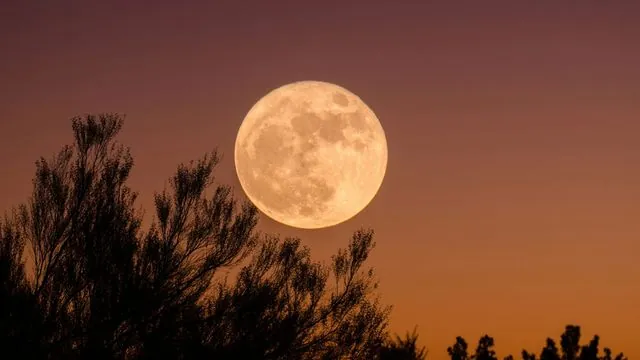
Beware: Full Moons Dramatically Increase Wildlife-Related Car Accidents!
2024-10-14
Author: Emily
New research from Texas A&M University
has revealed a startling statistic: wildlife-vehicle collisions spike by a staggering 45.8% on full moon nights! This fascinating study invites drivers everywhere to rethink their nighttime driving habits, especially when the moon is full.
Research Details
The research, led by Kentaro Iio, a former student, and Dr. Dominique Lord, a prominent professor in the Zachry Department of Civil & Environmental Engineering, analyzed a decade's worth of collision data to draw comparisons between full-moon nights and new-moon nights in Texas. Interestingly, collisions not involving wildlife showed no significant change during these moon phases, highlighting a unique correlation between lunar cycles and animal activity on our roads.
Driver Awareness
The findings illuminate the critical need for heightened driver awareness during these luminous nights. As Iio explains, contrasting dark nights without moonlight to brightly lit nights with a full moon provided clear insights, despite variations that would complicate comparisons across other lunar phases.
Global Trends
This phenomenon isn't isolated to Texas; similar trends have been observed globally in places like Spain, Canada, and Lithuania, suggesting a universal issue requiring attention. Experts speculate that there may be a combination of factors at play, including increased wildlife movement and driver fatigue after prolonged nighttime driving.
Expert Insight
Dr. Lord reminds us, “Although illumination is better on full moon nights, it’s still nighttime.” This serves as caution for those who might underestimate the dangers of driving in low-light conditions, even when moonlit.
Rural vs. Urban
The study distinctly categorized data from rural and urban regions of Texas. Strikingly, the capital area showed a slightly lower risk of collisions during a full moon, although the difference was statistically negligible. In contrast, areas such as the High Plains, South Texas, Central Texas, and Upper East regions reported alarming increases in collision rates, ranging from 57.8% to an eye-watering 125%.
Wildlife Density
It is essential to recognize that wildlife density is typically higher in rural regions, which may contribute to the elevated risk. Lower urban wildlife populations and the glow of city lights likely minimize the full moon's impact, further complicating the relationship between lunar phases and vehicle collisions.
Future Research
While this research focused on collision rates, it notably did not delve into specific wildlife species involved in these incidents or measure variations in light intensity across different areas. Future projects could significantly benefit from incorporating more detailed data about traffic volumes, environmental conditions, and species identification.
Safety Recommendations
As researchers contemplate potential safety improvements, they suggest strategies like enhancing rural lighting, deploying wildlife warning reflectors along highways, and increasing emergency services during full moon nights. Their findings underscore the crucial intersection of wildlife behavior, human activity, and transportation policy, necessitating concerted efforts from scientists, engineers, and policymakers alike.
Conclusion
Stay safe, and remember: the allure of a full moon might be captivating, but its effects on our roads can be perilous!

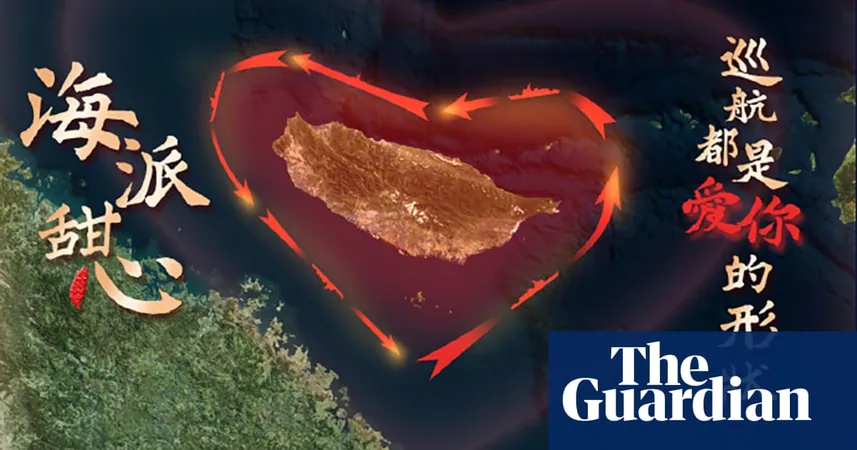
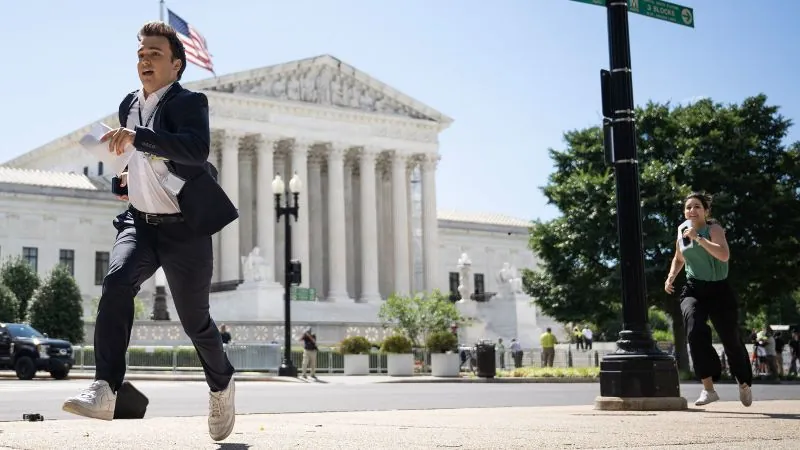

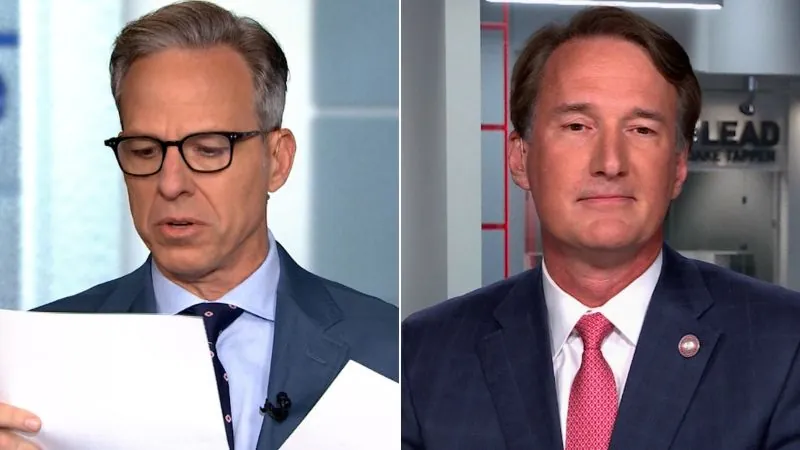


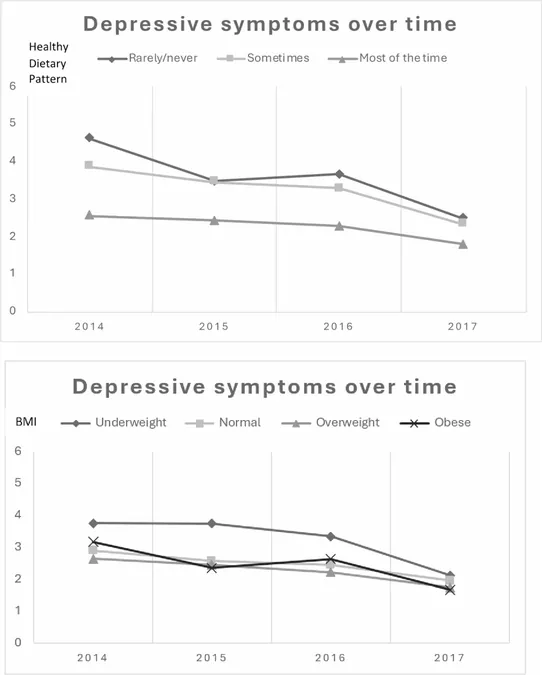

 Brasil (PT)
Brasil (PT)
 Canada (EN)
Canada (EN)
 Chile (ES)
Chile (ES)
 España (ES)
España (ES)
 France (FR)
France (FR)
 Hong Kong (EN)
Hong Kong (EN)
 Italia (IT)
Italia (IT)
 日本 (JA)
日本 (JA)
 Magyarország (HU)
Magyarország (HU)
 Norge (NO)
Norge (NO)
 Polska (PL)
Polska (PL)
 Schweiz (DE)
Schweiz (DE)
 Singapore (EN)
Singapore (EN)
 Sverige (SV)
Sverige (SV)
 Suomi (FI)
Suomi (FI)
 Türkiye (TR)
Türkiye (TR)